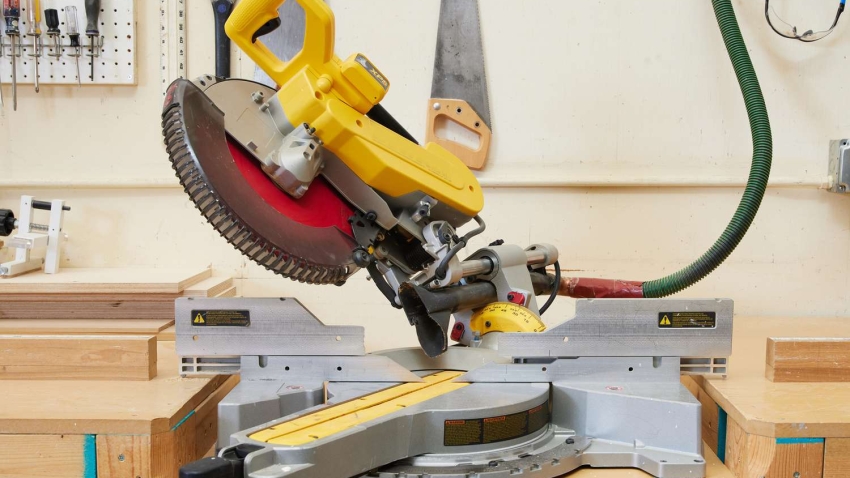
The Miter Saw: Your Gateway to Precise Cuts and DIY Projects
The workshop can be an intimidating space, filled with unfamiliar tools and the potential for mistakes. But fear not, DIY enthusiasts and aspiring woodworkers! The miter saw is a powerful ally that can transform your project from rough cuts to clean lines and professional-looking results.
What is a Miter Saw?
At its heart, a miter saw is a specialized saw designed for making precise crosscuts – that is, cuts across the grain of the wood. Unlike a circular saw, which cuts freely in any direction, a miter saw features a hinged arm that allows the blade to swing vertically down onto the workpiece. This controlled motion minimizes blade deflection and ensures clean, accurate cuts.
But the magic of the miter saw goes beyond simple crosscuts. Its name comes from its ability to make angled cuts called miters. By rotating the base of the saw, you can adjust the cutting angle, typically from 45 degrees to the left or right. This functionality is perfect for creating perfect corners in crown molding, picture frames, or any project that requires angled pieces to fit together seamlessly.

Beyond the Basics: Unveiling the Power of Compound Cuts
While basic miter saws excel at making precise straight cuts, some models offer even more versatility. These saws, known as compound miter saws, boast an additional feature: the ability to tilt the saw blade itself. This allows you to make bevel cuts, which are angled cuts that follow the thickness of the wood. With a compound miter saw, you can achieve a combination of bevel and miter angles, opening a world of possibilities for complex woodworking projects.

Common Uses for a Miter Saw
Now that we’ve explored the capabilities of a miter saw, let’s delve into the many ways it can elevate your DIY projects:
-
Creating Picture-Perfect Frames: Miter cuts are the cornerstone of building strong and attractive picture frames. With a miter saw, you can achieve perfectly angled cuts on each piece of wood, ensuring a seamless and professional-looking frame.
-
Installing Crown Molding: Adding crown molding to your walls elevates the look of any room. A miter saw allows you to make the precise angled cuts needed for the molding pieces to meet perfectly at the corners, creating a clean and polished finish.
-
Building Boxes and Cabinets: Whether you’re crafting a decorative box or tackling a built-in cabinet project, a miter saw makes quick work of cutting the wood pieces to size and at precise angles for a clean assembly.
-
Deck Building and Trim Work: Miter saws are essential tools for cutting deck boards, stair stringers, and other angled cuts needed in outdoor projects. The saw’s accuracy ensures a clean and structurally sound finished product.
-
Precise Dowel Joints: While not its primary function, a miter saw can also be used for making clean cuts for dowel joints. By clamping a stop block at the desired distance, you can create perfectly repetitive cuts for inserting dowel rods into your woodworking projects.

Choosing the Right Miter Saw for You
With so many miter saws on the market, selecting the one that best suits your needs can feel overwhelming. Here are some key factors to consider:
-
Blade Size: The blade size determines the cutting capacity of the saw. A 10-inch blade is a good starting point for most DIY projects, while larger blades can handle thicker materials.
-
Compound vs. Sliding Miter Saw: A basic miter saw offers excellent value, but if you plan on tackling complex projects with bevel cuts, a compound miter saw is a worthwhile investment. Sliding miter saws, on the other hand, feature a base that glides forward, allowing you to cut wider workpieces.
-
Laser Guide: A built-in laser guide helps to visualize the cutting line for increased accuracy.
-
Dust Collection System: Miter saws can generate a significant amount of sawdust. Look for a saw with a dust collection port to connect to a shop vacuum for a cleaner work environment.
Safety First: Essential Tips for Using a Miter Saw
The power and precision of a miter saw demand respect. Here are some safety precautions to remember:
-
Always wear safety glasses and ear protection.
-
Double-check your measurements and cutting angles before making a cut.
-
Secure the workpiece firmly using clamps to prevent movement during cutting.
-
Keep your hands clear of the blade path at all times.
-
Unplug the saw before making any adjustments or changing the blade.
By following these safety tips and familiarizing yourself with the saw’s operation, you can make the most of your miter saw while minimizing the risk of accidents.

Beyond the Basics: Exploring Advanced Techniques
As you gain experience with your miter saw, you can explore more advanced techniques to further expand your woodworking skills. Here are a few examples:
-
Crown Molding with Coped Joints: While standard miter cuts work well for most crown molding applications, coped joints offer an extra layer of detail and strength. This technique involves creating a small notch on the end of each molding piece, allowing them to fit together seamlessly and creating a visually appealing finished product.
-
Angled Dados and Rabbets: Dados and rabbets are grooves cut into wood pieces to create strong and secure joints. With a compound miter saw, you can make these cuts at precise angles, adding another dimension to your woodworking repertoire.
-
Making Built-Up Moldings: By carefully layering and gluing several pieces of wood cut at different angles on your miter saw, you can create custom moldings that perfectly match your project’s style.
Maintaining Your Miter Saw for Long-Lasting Performance
Like any power tool, proper maintenance is essential for ensuring the safety and performance of your miter saw. Here are some simple maintenance tips:
-
Keep the blade sharp: A dull blade can cause inaccurate cuts, require more force to operate, and increase the risk of accidents. Sharpen your saw blade regularly or replace it when it becomes blunt.
-
Clean and lubricate the saw: Dust and debris can accumulate in the saw’s mechanisms, affecting its performance. Regularly clean the saw with a damp cloth and apply lubricant to designated points according to the manufacturer’s instructions.
-
Inspect the saw for damage: Before each use, check the saw blade for cracks or damage, and ensure all knobs, levers, and guards function properly.
By following these maintenance practices, you can extend the lifespan of your miter saw and ensure it continues to deliver clean and accurate cuts for years to come.

The Miter Saw: Your Journey to Woodworking Expertise
The miter saw is a valuable companion on your woodworking journey. With its user-friendly design and versatility, it empowers you to tackle a wide range of projects with confidence. As you master the saw’s functions and explore advanced techniques, you’ll witness a transformation in your woodworking skills, allowing you to create beautiful and functional pieces that add value to your home and showcase your creativity.
Conclusion: The Miter Saw – Your Gateway to a World of Possibilities
The miter saw is a powerful tool that can transform your woodworking projects from rough cuts to clean lines and professional-looking results. Its ability to make precise crosscuts, miters, bevels, and even compound cuts makes it a versatile asset for DIYers and hobbyists alike. Whether you’re building a simple picture frame or tackling a more complex project, a miter saw can help you achieve accurate cuts and strong joints, leading to a successful and rewarding woodworking experience.




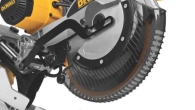
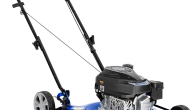
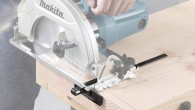

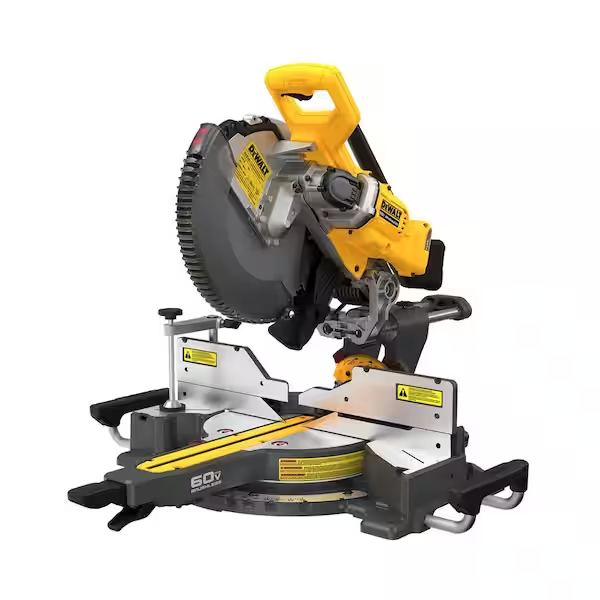
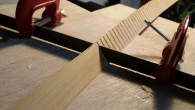
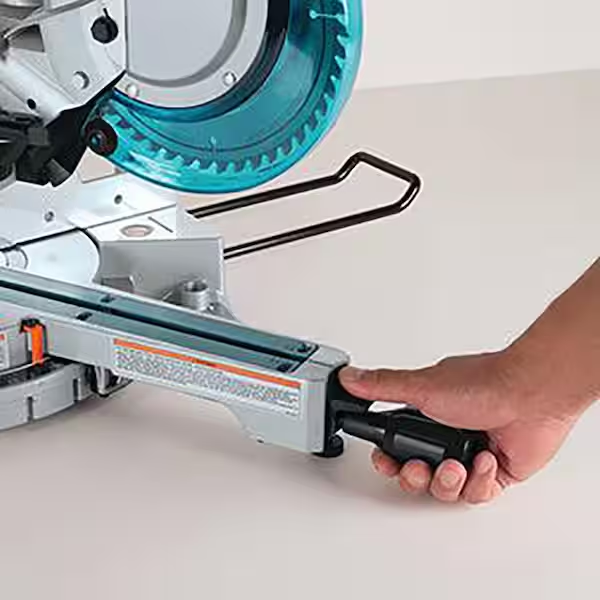

Leave a Reply